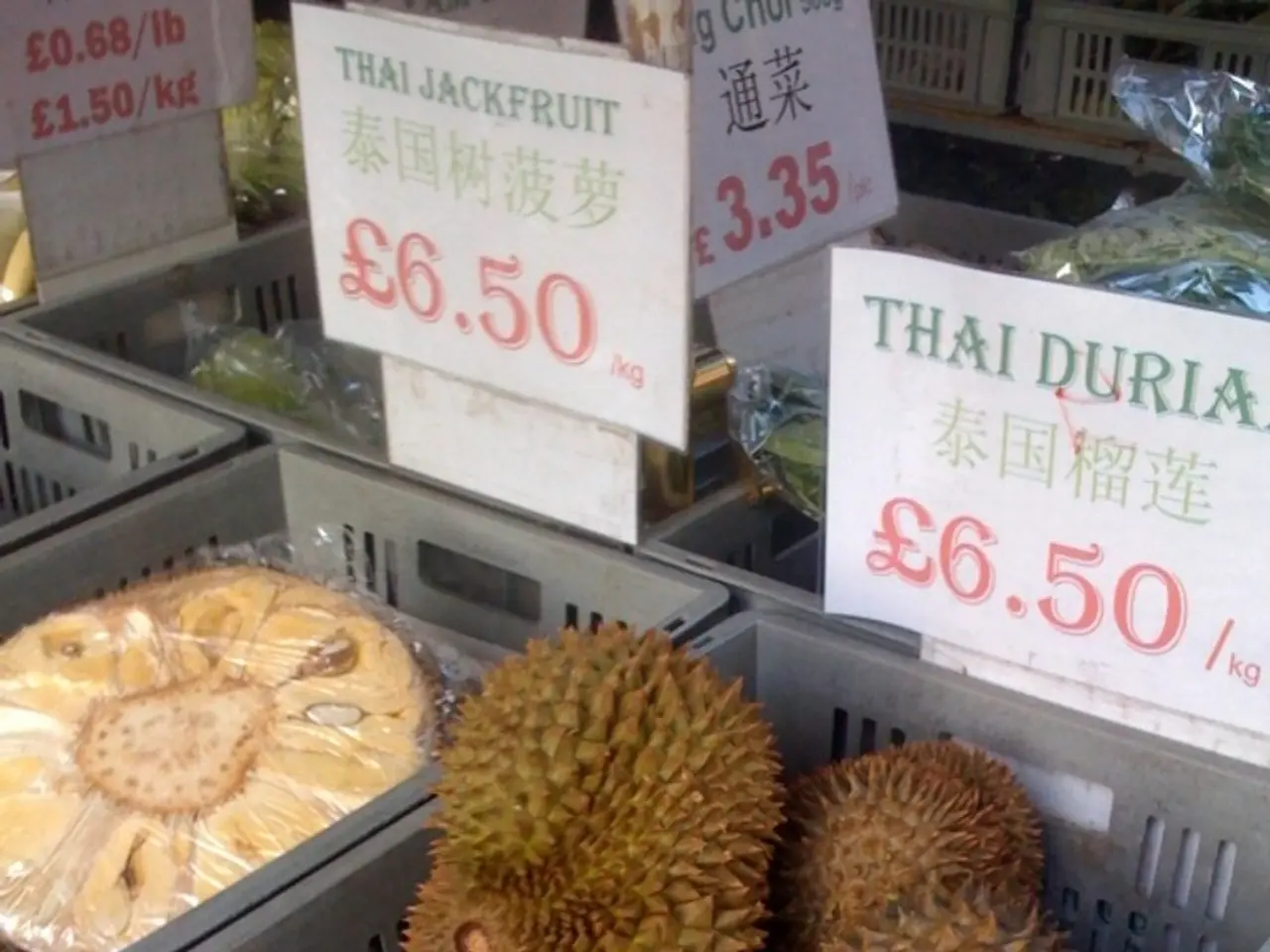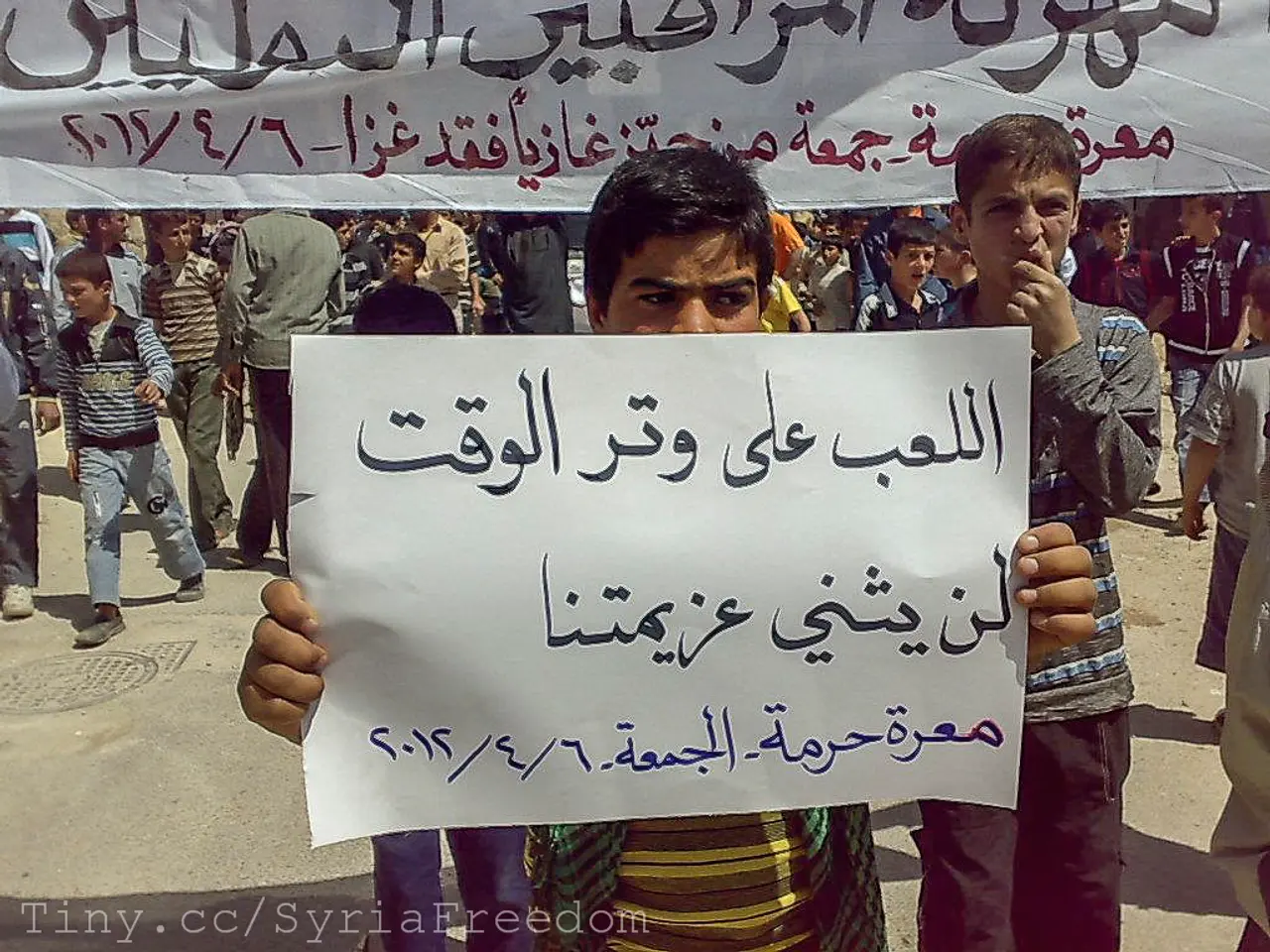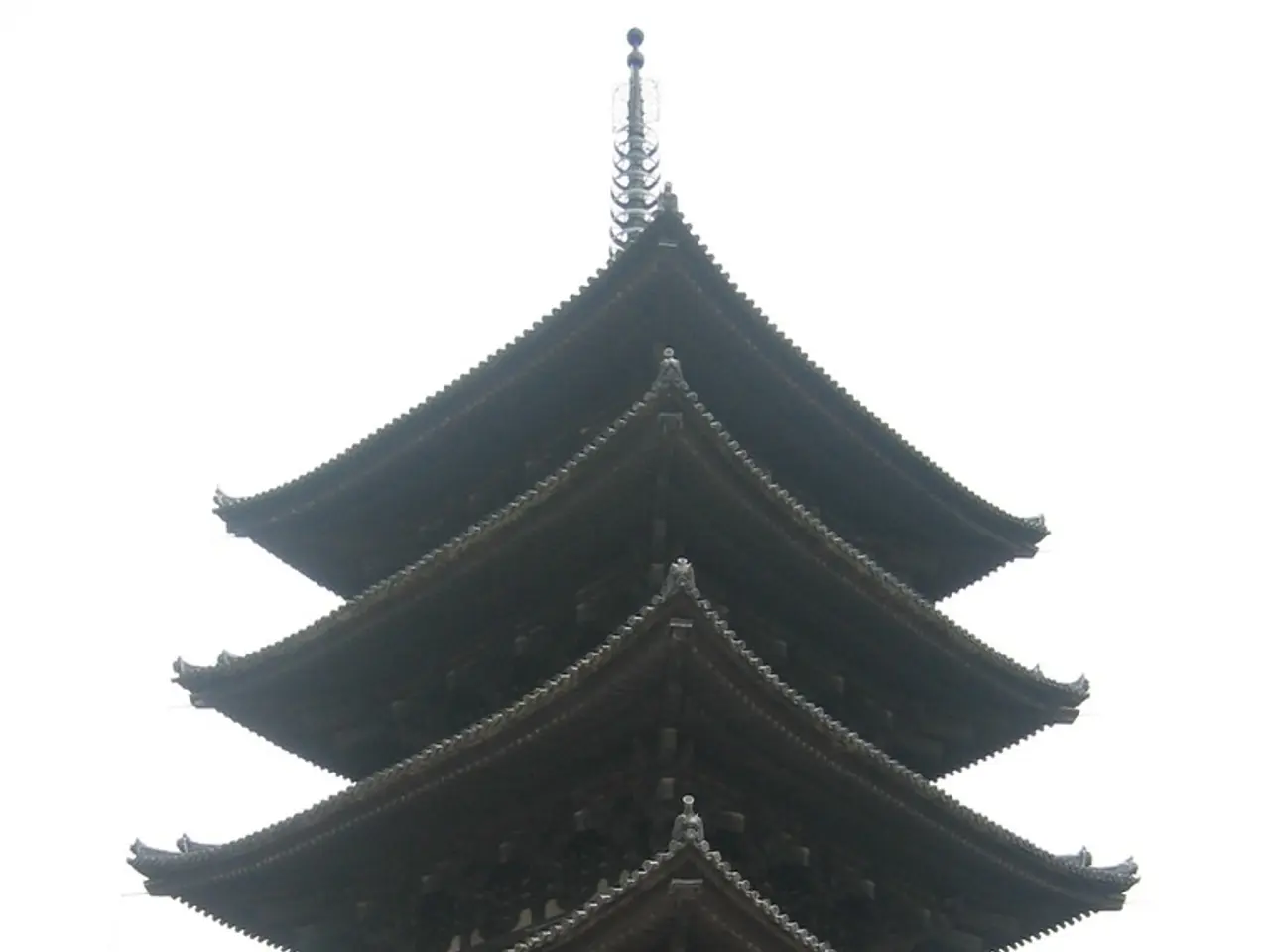Tit for tat trade policies escalate: Trump's tariff surprise and India's reaction
In a significant move, President Trump has imposed a 50% tariff on Indian imports, effective 21 days after the order's signing, excluding shipments already in transit and cleared before September 17. This decision, announced on August 6, has sent ripples across India's economy, with immediate impacts on the Sensex and the rupee's value.
The tariff move is not just about economics, but also a proxy for larger frustrations, particularly over India's continued energy and defense ties with Russia. Trump publicly expressed his ire over these ties in a sharply worded post on Truth Social.
The 50% tariff presents significant strategic challenges and implications for India's economy, especially its micro, small, and medium enterprises (MSMEs). These businesses account for nearly half of India's total exports and are the largest employment generators in the country.
Strategic Choices for India
To mitigate the tariff shock's impact, India is exploring several strategic responses. These include export diversification, domestic competitiveness enhancement, trade negotiations, value chain upgradation and import substitution, and stimulus on domestic consumption and investment.
Export diversification aims to reduce dependence on the U.S. market, particularly for labor-intensive industries like textiles, leather, and gems, which face the highest tariff hikes. Strengthening MSMEs through fiscal incentives, easing of credit, technology adoption, and skill development can improve their competitiveness against countries like Vietnam and Bangladesh, whose exports face lower tariffs in the U.S.
Trade negotiations and diplomatic channels could potentially lead to tariff relief, as historical precedents show possible tariff rate reductions after negotiations. Value chain upgradation and import substitution encourage MSMEs to move up the value chain and substitute imported inputs or products with domestically sourced alternatives.
Since private consumption and domestic investments drive most GDP growth, policies to boost internal demand could offset export shocks caused by tariffs. Cushioning MSMEs through measures like extending and expanding RoDTEP and RoSCTL, offering emergency credit lines and concessional loans, fast-tracking GST refunds, reducing compliance burdens, and providing input subsidies could be the difference between survival and collapse for many small exporters.
Economic Implications
The tariffs could lead to a reduced export competitiveness for MSMEs, risking a decline in export revenues and employment in labor-intensive industries. Estimates suggest India’s GDP growth could slow by 0.2–0.5 percentage points due to tariff-induced export declines, with projections revising growth downward from 6.5% to around 6% or slightly lower in 2025-26.
The rupee depreciation raises imported inflation and borrowing costs for debt-serviced companies, disproportionately affecting MSMEs with tighter financial margins. Sectoral divergence is also expected, with sectors like IT services, FMCG, and banking relatively insulated due to low U.S. exposure, while manufacturing sectors linked closely to exports are under pressure.
The tariffs may accelerate shifts of supply chains and production bases to tariff-favored countries, resulting in long-term challenges for Indian MSMEs to maintain global value chain integration. The engineering export segment, valued at over $12 billion, is one of the sectors most affected by the new tariffs.
India's response to the tariffs is a strategic dilemma: retaliate, accommodate, or recalibrate, each option carrying implications for India's economic trajectory and diplomatic posture. The tariff blow comes at a time when India's exporters are still recovering from pandemic-induced disruptions and shipping inflation.
The Indian government has begun quiet outreach to U.S. counterparts and convened a high-level trade advisory council in response to the tariffs. Indian industry bodies are lobbying to shift export targets to more stable regions such as Southeast Asia, Africa, and Latin America, to mitigate the impact of the U.S. tariffs.
[1] "India Trade Policy Review 2021," Ministry of Commerce and Industry, Government of India. [2] "India's Export Strategy Amidst U.S. Tariffs: Diversification, Negotiations, and Resilience," NITI Aayog. [3] "Impact of U.S. Tariffs on India's MSMEs: Strategies for Mitigation," Confederation of Indian Industry (CII).
- In the face of the political and economic implications of the 50% tariff, India's strategy is a delicate balance, requiring both trade negotiations with the United States and domestic measures, such as export diversification and enhancing the competitiveness of micro, small, and medium enterprises (MSMEs) to alleviate the shock and counter the potential decline in export revenues from labor-intensive industries.
- The 50% tariff on Indian imports isn't only an economic issue but also connected to political tensions, particularly over India's energy and defense ties with Russia, as this trade policy decision also reflects broader geopolitical perceptions and tensions in the general-news sphere.







